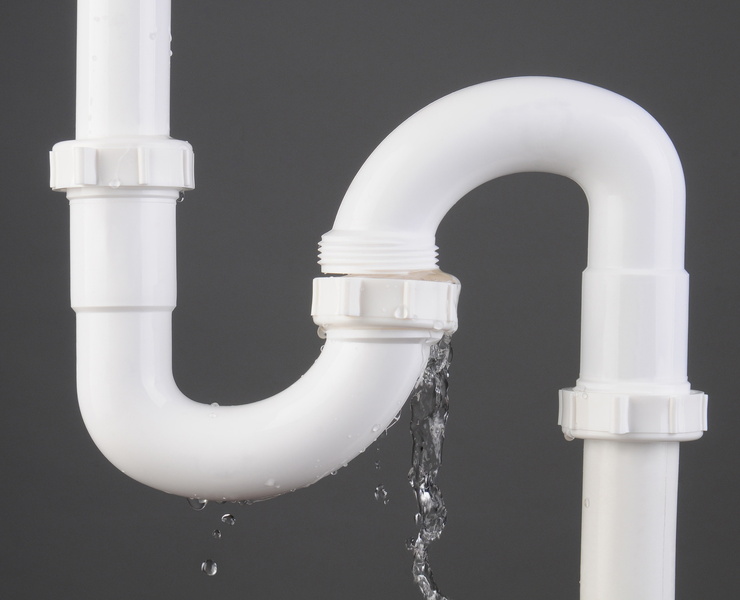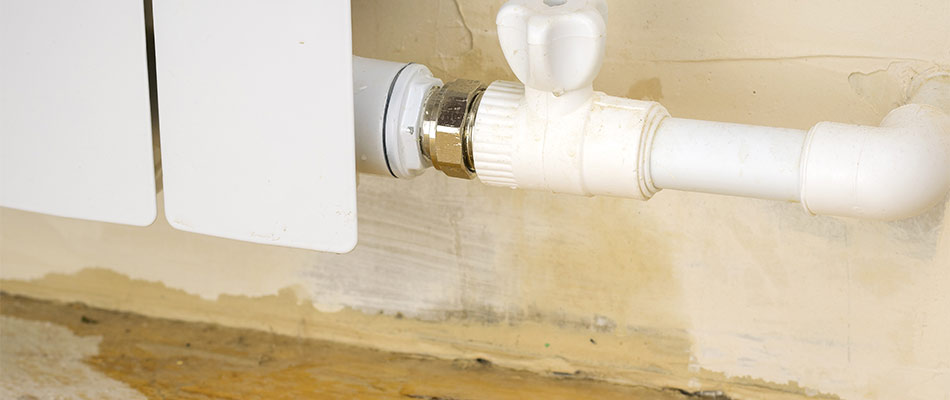Exactly how to Find and Repair Water Leaks-- A Comprehensive Overview
Exactly how to Find and Repair Water Leaks-- A Comprehensive Overview
Blog Article
What are your thoughts about Detecting hidden plumbing leaks?

Early discovery of leaking water lines can alleviate a possible disaster. Some tiny water leakages may not be visible.
1. Take A Look At the Water Meter
Every house has a water meter. Examining it is a guaranteed way that helps you discover leakages. For starters, shut off all the water resources. Guarantee no person will flush, use the tap, shower, run the washing maker or dish washer. From there, go to the meter as well as watch if it will alter. Considering that nobody is utilizing it, there ought to be no motions. That shows a fast-moving leakage if it relocates. If you find no modifications, wait an hour or 2 and inspect back again. This implies you might have a slow-moving leak that can even be underground.
2. Examine Water Consumption
Analyze your water costs and also track your water consumption. As the one paying it, you should see if there are any type of inconsistencies. If you identify sudden changes, in spite of your intake coinciding, it implies that you have leaks in your plumbing system. Remember, your water bill should drop under the exact same array each month. An unexpected spike in your bill shows a fast-moving leak.
At the same time, a stable increase each month, despite the very same habits, shows you have a sluggish leakage that's additionally gradually rising. Call a plumber to completely check your home, specifically if you really feel a cozy area on your flooring with piping beneath.
3. Do a Food Coloring Test
When it comes to water consumption, 30% comes from toilets. If the color in some way infiltrates your dish throughout that time without flushing, there's a leakage in between the tank and bowl.
4. Asses Exterior Lines
Don't fail to remember to examine your exterior water lines too. Test spigots by connecting a yard hose. Ought to water leak out of the link, you have a loose rubber gasket. Replace this and guarantee all connections are limited. If you have actually obtained a sprinkler system, it will assist get it skillfully took a look at and also kept every year. One tiny leakage can throw away tons of water and increase your water costs.
5. Examine the situation and also check
House owners must make it a practice to check under the sink counters as well as even inside cabinets for any kind of bad odor or mold development. These 2 red flags suggest a leak so punctual interest is called for. Doing regular inspections, even bi-annually, can conserve you from a significant problem.
Examine for discolorations as well as damaging as many appliances as well as pipes have a life span. If you believe dripping water lines in your plumbing system, don't wait for it to intensify.
Early discovery of dripping water lines can minimize a potential disaster. Some small water leakages might not be noticeable. Checking it is a surefire way that assists you find leaks. One small leakage can lose tons of water and spike your water expense.
If you presume dripping water lines in your plumbing system, do not wait for it to escalate.
How to Know If Your Home Has a Hidden Leak
Water Meter Reveals Inexplicable Water Usage
If you’d like to test whether or not there’s a leak somewhere in your home, you can do this using your water meter. Here is how to conduct the test:
Don’t use any water in your home for at least 30 minutes; this also means not turning on faucets or water-using appliances.
Go outside, and check your water meter for activity.
If your water meter shows that there was activity, even though no one was using any water, this proves that there is a leak in your home.Visible Mold or Mildew Growth
Leaks behind walls create moist, dark environments that allow mold and mildew to grow and thrive. Eventually, you might see mold growth forming on the wall closest to a hidden leak.
If mold is growing in an area that receives a high amount of moisture, such as a bathroom, it may simply be an indication that better ventilation is needed. However, if you see mold growth on a wall or the ceiling in an area where you would not expect, you probably have a hidden leak.
Musty, Mildew Odor
Sometimes you might not be able to see the mold or mildew that is growing as a result of a leak. However, the smell can give the problem away just as easily. If you catch a whiff of something musty, there’s a good chance that old water is collecting somewhere in your home that you can’t see.
Stained/Warped Walls, Ceilings, or Floors
When your home soaks up water, a variety of red flags can become visible, including ceiling stains, bubbling drywall, warped walls, and sagging floors. While these issues can be caused by excess humidity, they can also be signs that a pipe or plumbing connection has started leaking behind your walls.
Inexplicably High Water Bill
After a while, you get a general sense for what your water bill should be. If you own a pool or sprinkler system, your bill will tend to be higher during summer. However, if you receive a water bill that seems especially high, and you can’t figure out what caused it, then you may have a hidden leak somewhere that’s increasing your bill.
https://www.plumbingjoint.com/blog/2019/july/how-to-know-if-your-home-has-a-hidden-leak/

As a devoted person who reads about Detecting hidden plumbing leaks, I imagined sharing that piece of content was smart. Liked our content? Please share it. Help somebody else find it. Thanks a lot for your time spent reading it.
Report this page